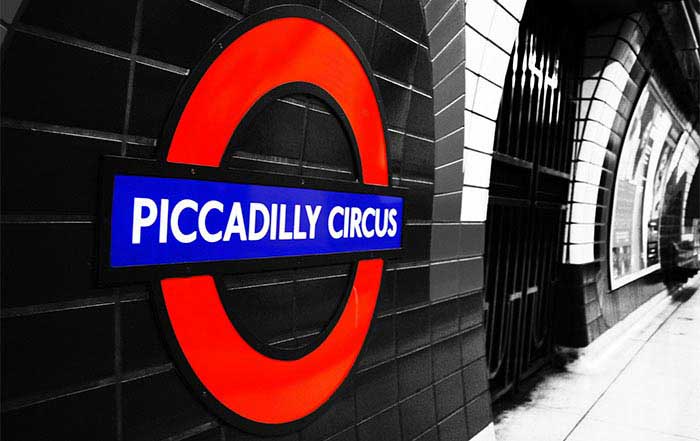Do you know that the London subway was built over 150 years ago? What work went into creating this magnificent subway? Moreover, did you know that the London underground network is actually the oldest in the world? The underground network first opened to the public back in 1863. This was after some three years of hugely challenging work. This was considered quite an impressive achievement at that time. Can anyone imagine it? When the first 38,000 people hopped onto the trains for the first journey, some of the carriages did not even have a roof; why, the carriages were still being pulled by steam engines. In these circumstances, the smoke could get overwhelming. Gas lamps were still lighting the corridors and stations. And when the construction work first started, some city residents reportedly complained that the city was being perforated." Indeed, a city minister reportedly accused the construction company of "attempting to break into hell."
Later, when the underground network officially opened, there were only a few stations along the four-mile track. Think of it: Today, the London underground network boasts of having more than 270 stations. The tracks cover over 400 kilometers. And more than 5 million people use the famous subway daily. Further, it seems that the London underground network never stops growing. Over the years, the construction workers used a unique building technique called the "cut-and-over" technique. Using this system, the builders could easily dig out large open holes in the road and proceed to build the false tunnel's arch with bricks. They would then refill the holes using the dug-out material. Hence, the first underground lines of this network were somewhat shallow. This is typical of all older underground lines in the world's major cities.
Among the companies that participated in this construction was the C& SLR. The company achieved a feat by being the first to utilize electric traction to pull the trains. Also, the company used a new method to dig circular tunnels. It achieved this using a special technology (called "the shield tunneler"); initially, this involved manual operation. The workers used the front part to dig a circular section; the tunneling machine was known as the Greathead Shield. The shield later became mechanical with the machine advancing more rapidly- indeed, it could easily cut through every type of material. Modern machines of this type are called Tunnel Boring Machines (TBM's).
Naturally, we probably wonder: Over 155 years later, how does the London underground network work? How do modern construction workers go about their business? Well, a massive new railway expansion project was recently carried out. The project would cover over 100 km. Of these, over 40 km runs below the London streets before connecting with the underground network. The Elizabeth Line now has 10 new stations; the 30 existing stations are being renewed. One of the stations that were built in 1863 is Farrington. Farrington is especially impressive owing to its massive depth; it's located on 6 levels, 30 meters below the ground. Farrington has its own building.
A new visitor visiting the station's new platforms would think that the two are endless. They span over 200 meters in length. The platforms are fully enclosed, complete with a few sliding glass doors. They both connect towards the exit way and ticketing areas through a central passageway. The main tunnels are some 6 meters in diameter; they were dug using different TBMs. Even while still under construction, a visitor will find that the station's design is quite impressive. It features clean, well-lit ceilings with soft curves. They also have several spacious entrance halls above giant escalators; to many, entering the tunnels feels a bit like entering some kind of a modern pyramid.




